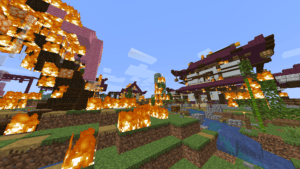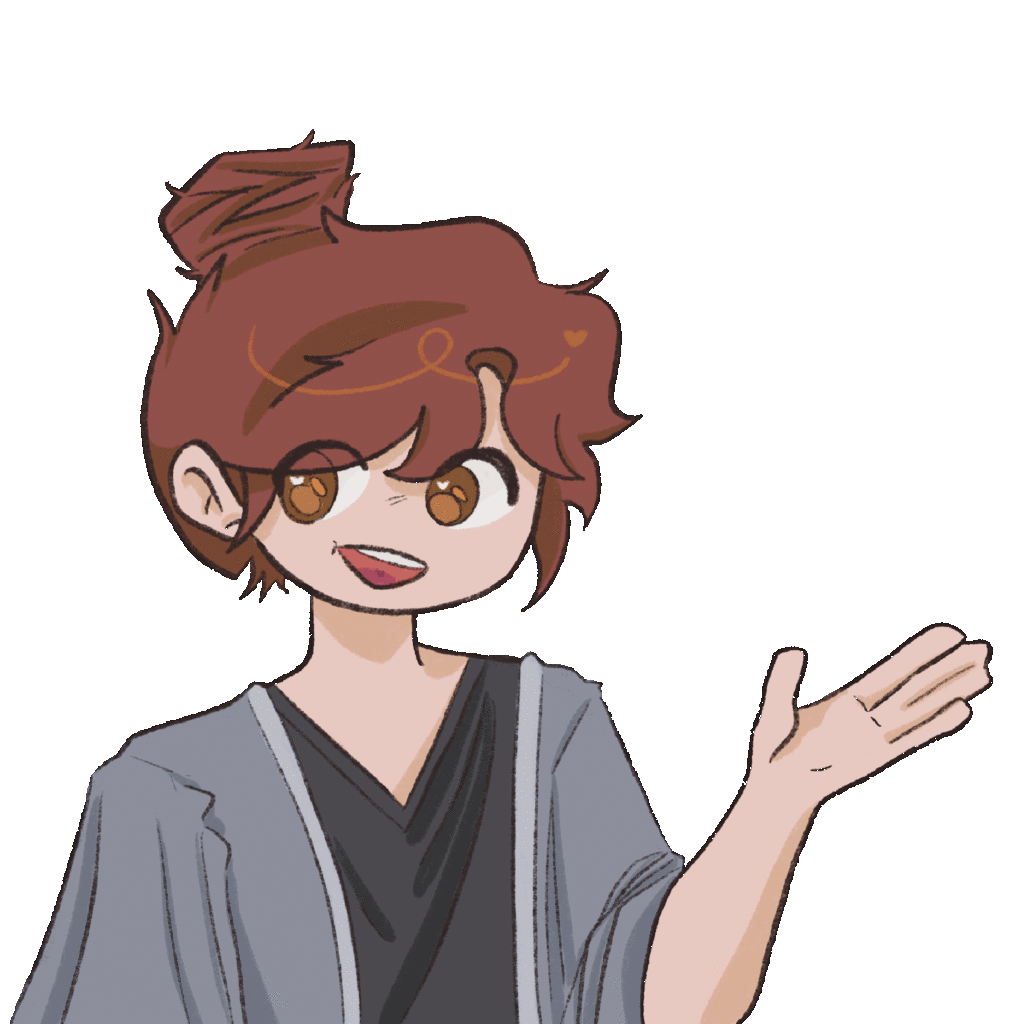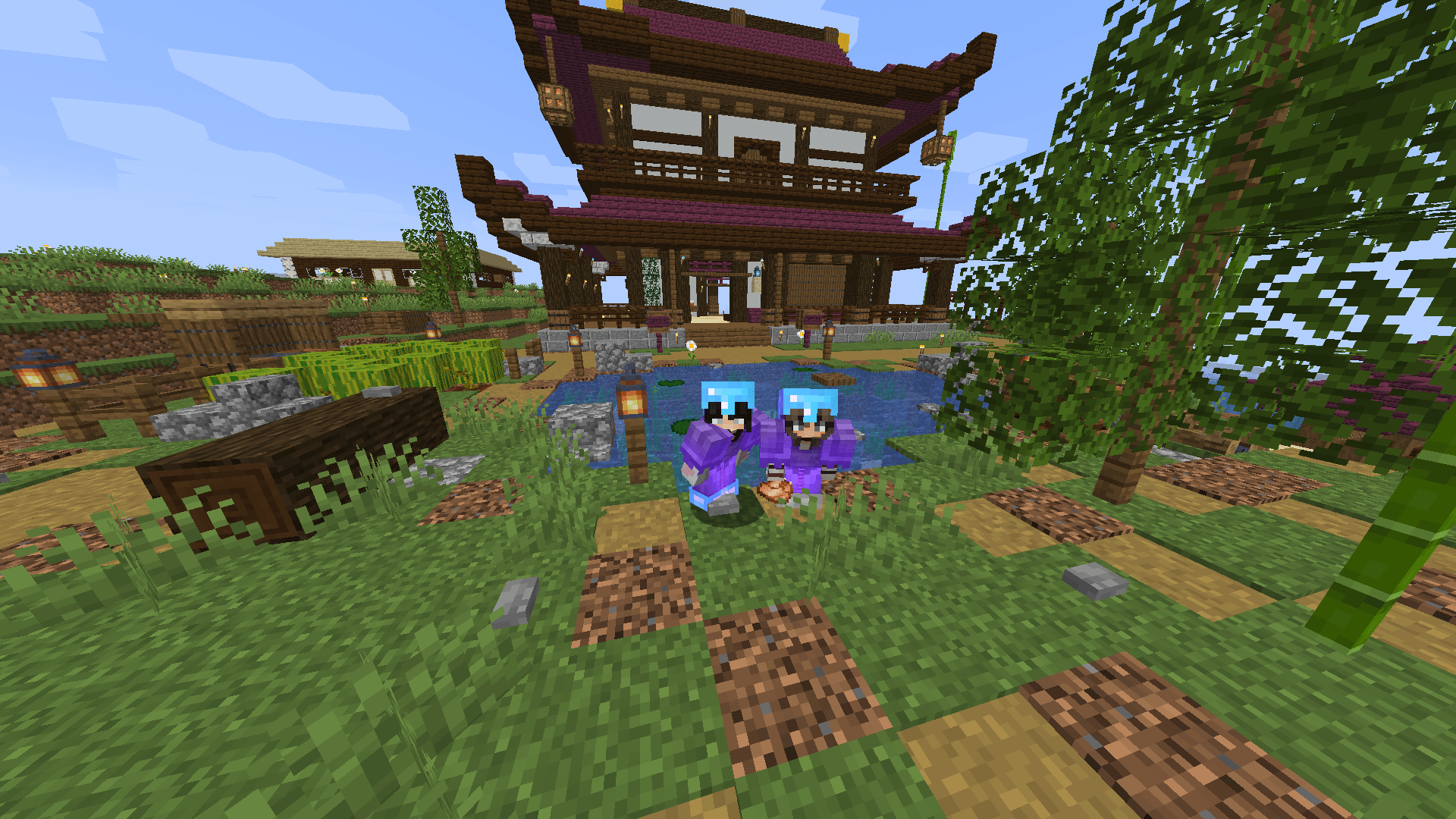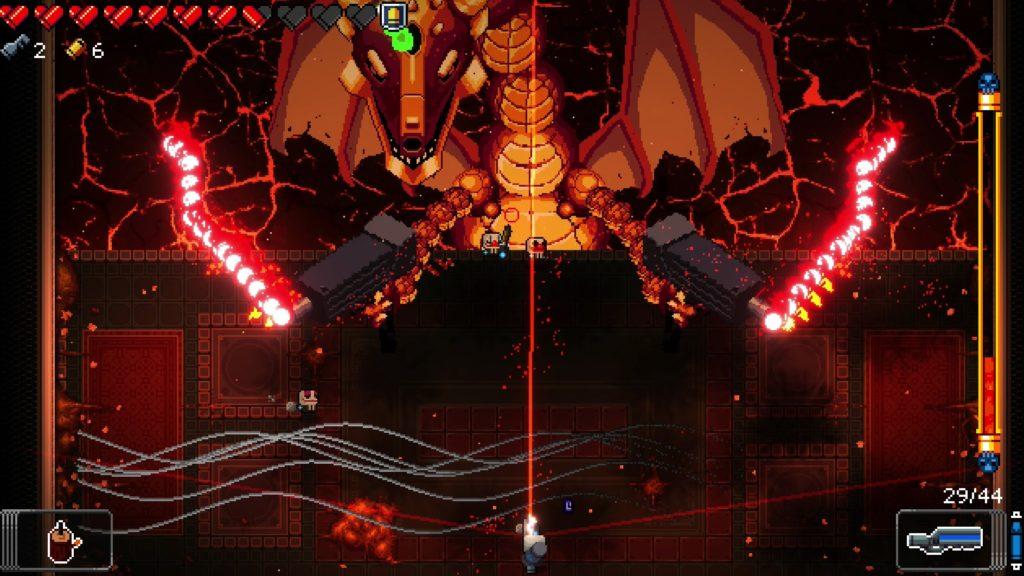Before taking this class, I loved games, but I never thought deeply about how they were made or why I was drawn to certain types over others. I’ve always been a gamer, but I approached games passively. I played to unwind, to connect with friends, or to escape into beautiful worlds, but I rarely thought about the mechanics, worldbuilding, or emotional scaffolding behind the experience. I just played and that was enough. Or so I thought.
This class shifted everything for me. It was one of the most transformative experiences I’ve had at Stanford, and honestly, I wish I had taken it earlier in my college career. For the first time, I was invited to look under the hood of the games I loved and to articulate why they made me feel the way they did. I learned to see game mechanics not as background noise, but as storytelling tools. I began to notice how games use core loops to keep us engaged, how narrative and aesthetics shape immersion, and how the concept of the “magic circle” creates space for meaningful play.
One concept that especially stuck with me was the idea that there are many different kinds of fun. As a female gamer, I’ve often felt out of place in certain spaces. I didn’t grow up loving FPS games or PvP-heavy combat. I loved Stardew Valley, The Sims, or just building quietly in Minecraft. And I used to feel like those preferences made me “less” of a gamer. But this class helped me see that fellowship, expression, and narrative-driven play are equally valid and equally powerful. I realized that the joy I found in creative games wasn’t trivial. It was just a different flavor of fun.
This realization shaped both of my projects in the class. For P1, I designed a fellowship game where players had to collaboratively guess a target word using clue words. I wanted the game to feel light, social, and welcoming. For P2, I advocated for a non-combat experience that players of all skill levels could enjoy. I pushed our team to build a cozy platformer game that emphasized exploration and emotional resonance. Designing a game from scratch is hard. I had never done anything like it before. We had to think through frameworks like the core loop, feedback systems, player motivations, and genre expectations. But I loved every moment of it.
This class taught me to think critically about gamification and how it shows up in Silicon Valley, in UX, and in everyday life. I’m walking away not only with new design tools, but with a clearer sense of what play means to me. I’d love to continue designing games in the future. Maybe not right away, but eventually. For now, I’ll keep playing, keep observing, and keep building worlds when I can.
This was my favorite class at Stanford. I’m so grateful for what it gave me.
P.S. You know that infamous “two-week Minecraft phase” everyone seems to go through? Ours lasted a little longer. The featured image is of the house my sister and I built together during lockdown—our proudest creation at the time. We poured so much love into designing it… and then, naturally, we burned it all down. Classic.






Ok, you made me cry. Happy tears. Never stop playing and making the games you care about!